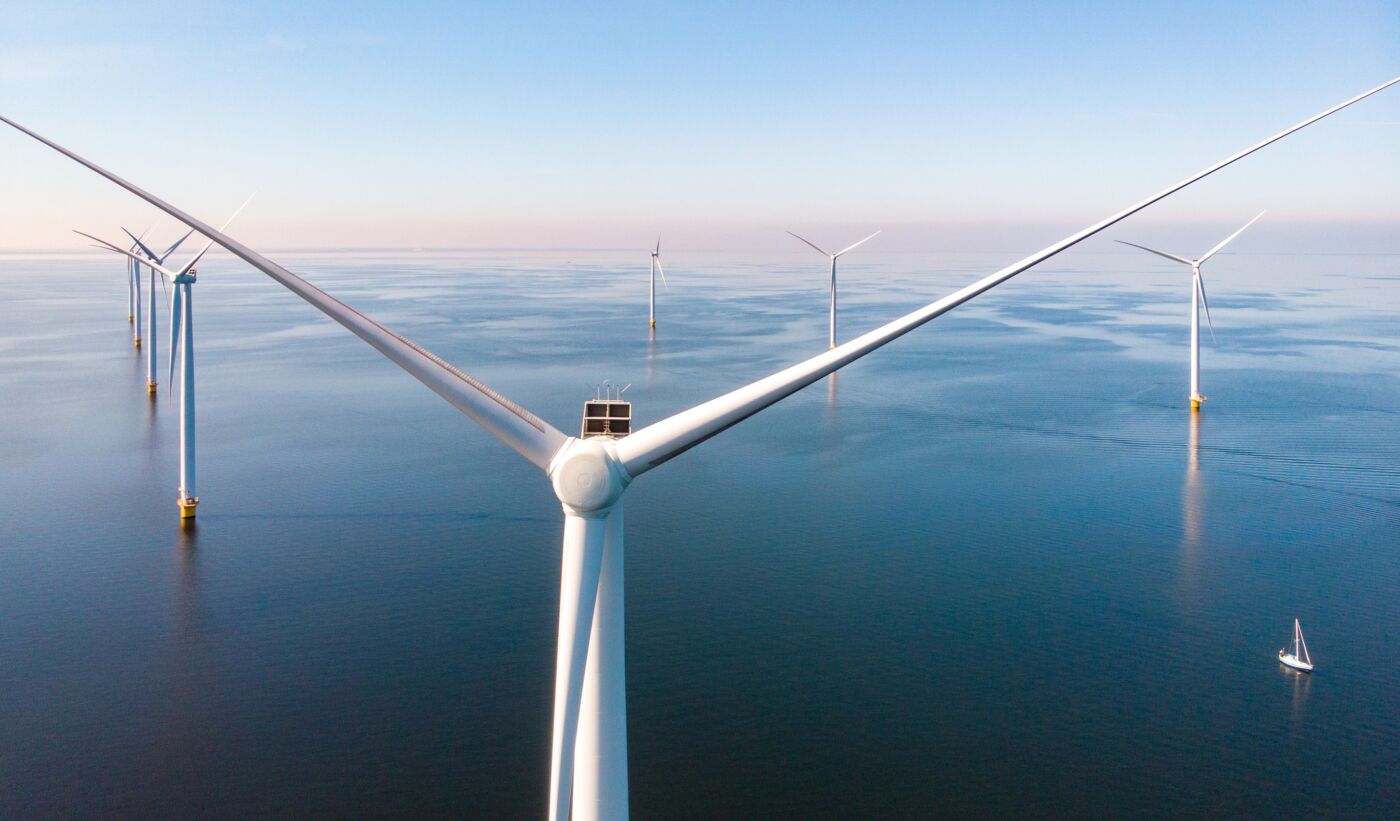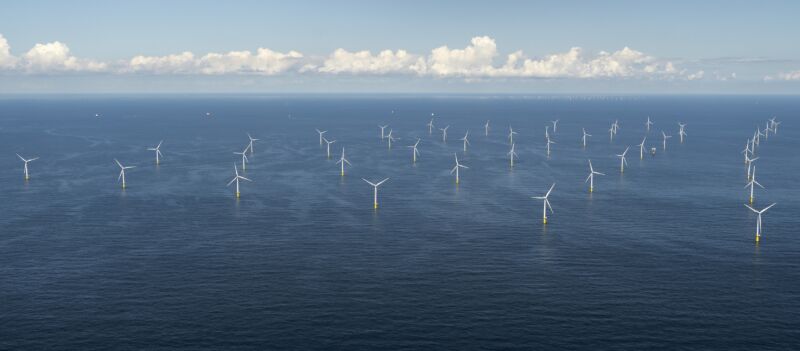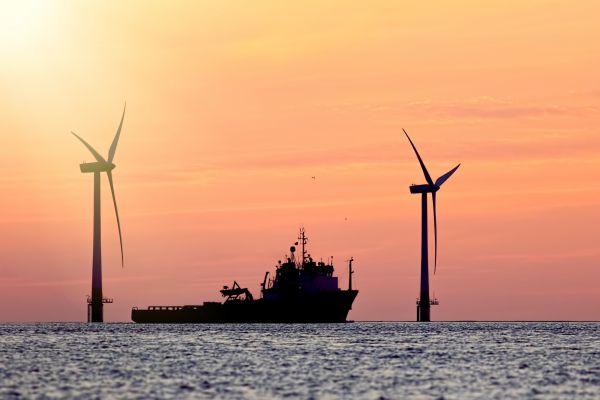Crises create opportunities. This dictum may sound banal, but certainly holds true for COVID-19 and its impact on the environment. The decrease in emissions triggered by reduced economic production represents an unprecedented chance for governments on the brink of recovery to rethink the kind of growth they want for their nations.
Renewable energy could be the answer. Growth in this industry could support employment, and the possibilities for investment and returns are considerable. Most importantly, growth in renewable energy would be decoupled from CO2 emissions.
Offshore wind’s time to shine
The potential of offshore wind energy is staggering. In 2020, Germany generated 26.89TWh of energy from offshore wind turbines in the North Sea and Baltic. By 2030, the Global Wind Energy Council (GWEC) expects offshore wind to “go global”, adding 234GW of worldwide capacity — 2240 percent of what current world pace setter, the UK, has installed so far.
It is not only the sector that is expanding, though: turbines have been getting larger, and Wind Turbine Installation Vessels (WTIVs) have grown to match. Voltaire, set to be the world’s largest jack-up WTIV, is currently under construction in China, due for delivery in 2022. It already has work: it will install GE Haliade-X 12MW turbines, the largest in the world to date, at the UK’s Dogger Bank project. When completed, Dogger Bank, which consists of three 1.2GW phases, will amount to 3.6GW, or around five percent of the UK’s energy needs.
A worldwide boom
Across the Atlantic, investment in US projects is set to hit $78bn by 2030. The USA has also started constructing their own WTIV: commissioned by Virginia’s Dominion Energy, Keppel AmFELS, based in Brownsville, Texas, will complete the $500m vessel by 2023.
Currently, 15 windfarm projects are planned off the US East Coast, Dominion’s Virginia project being the largest at 2.6GW. With two huge coastlines and some 2,058GW of potential wind resource, it is likely that the number and scope of proposals in the US will drastically increase as more WTIVs are built.
By the end of this decade, China, too, is expected to add some 52GW of wind energy capacity, overtaking the UK. According to analysts, WTIVs stand to become a wind industry “bottleneck” by 2025, even outside the US; with some 32 operating, and around five on order, shipyards will need all the help they can get to capitalise on the new offshore boom.
Read more about marine-related solutions on our fellow SKF blog “Engineering at sea”.



